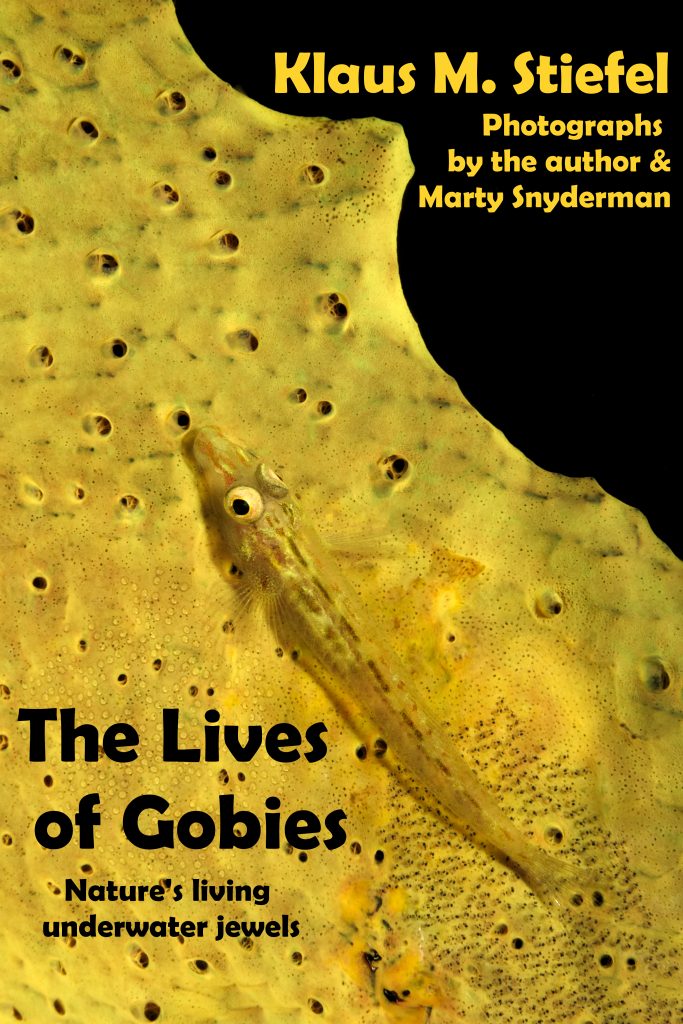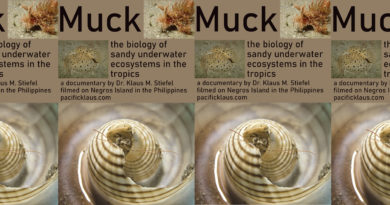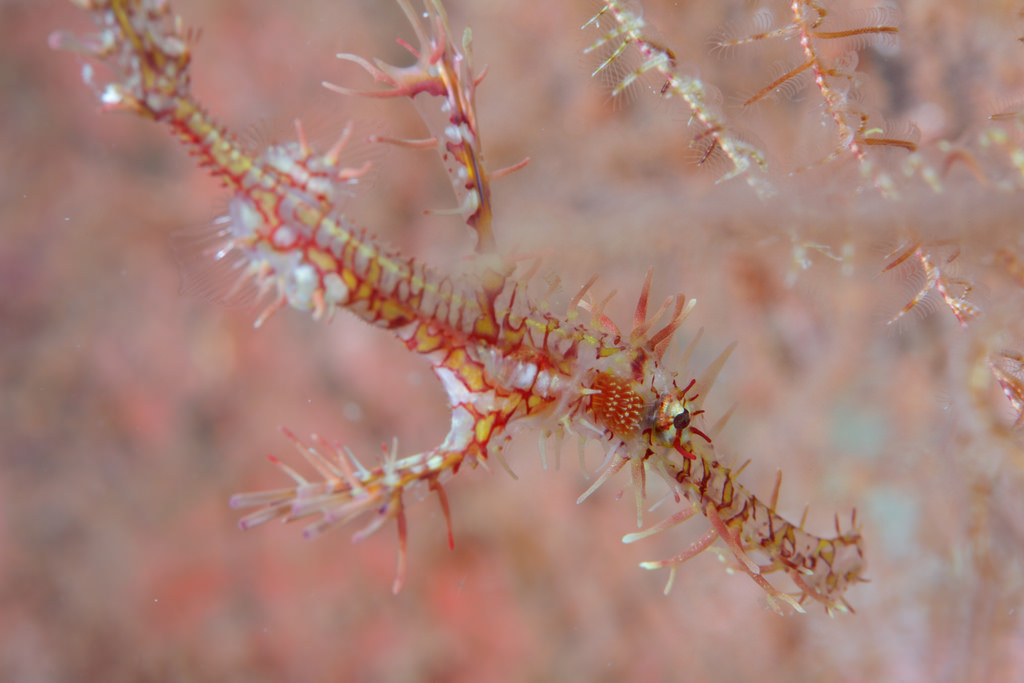Freshwater Gobies On Negros Island
I live on Negros Island, in the central Philippines, which is, biologically, a remarkable place in many respects. Many parts of its coastline are seamed by wonderful coral reefs, and its mountains contain interesting fish fauna as well. The island’s highest point is Mount Kanlaon, at 2465 meters, but even at much lower altitudes does the island get steep and human numbers thin out quickly. The uplands are usually still used agriculturally, with coconut plantations, cattle farming, and some sugar cane (the steeper it gets, the less of that, it seems), but there are still a number of mostly intact creeks to be found.
Interestingly, in some parts of Negros the volcanic activity is so strong, that the rivers are loaded up with volcanic minerals (sulfides, ferrous ions…) to such a degree that no fish exist in these rivers. The volcanic steam vents in this video are not too far from the locations of the goby videos below:
Together with my friend Likko (also Silliman U.) I recently went on several trips to the mountains of Negros to look for freshwater gobies. So far we found Sicyopterus longifilis, Sicyopus zosterophorus and Stiphodon atropurpureus.
The interesting thing about these freshwater gobies is that they are – quite in contrast to most marine gobies – very sexually dimorphic, meaning that the coloration of males and females is very different. Look at the striking male Stiphodon atropurpureus in the title image of the video below – the female of this species is drab brown.
Enjoy this video. Likko shot the nuptial dance of Stiphodon atropurpureus.
These gobies are amphidromous, meaning that they live and spawn in freshwater, but their larvae drift to the ocean, where they develop into tiny fish, before they swim up into freshwater rivers and creeks again. Any damming and destruction of these rivers and creeks, even if just on a small length of their course, will block the gobies from swimming uphill and will render them locally extinct in that freshwater body. This is an issue many planners are probably not aware of.
In both the videos above and below you can see how these gobies feed – they quickly scrape algae off the creek’s rocks, grazing in a way reminiscent of South American Ancistrus or Otocinclus catfishes.
You can see in the video below that we also encountered native cyprinids, and introduced poecellids, gupies and sword-tails, introduced ornamental fish. These do not seem to compete with the gobies for the same niches, they live in mid-water, and not on the sand and rocks like the gobies. Creeks with invasives still usually have ample gobies. In other creeks, closer to the ocean, we also observed invasive Tilapia, which are farmed as food fishes in the Philippines.
This is an earlier video with more nice grazing footage:
Goby Still Photography
This is the Flickr album with all my photographs of freshwater gobies, presently at 4 different species. It often wasn’t easy to get close to these skittish, tiny fish, while snorkeling in a rocky mountain creek. The currents in these creeks are not massive, but enough to throw you off while aiming a camera at a minute fish.
Goby Book!
And, definitely if your interest in gobies has brought you to the end of this post, please take a look at my new book on gobies:



